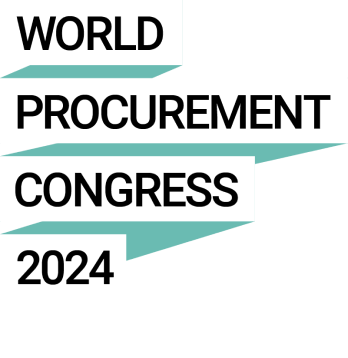With the ever-increasing theme of automation and digitalisation in procurement, it has become increasingly important for organisations to invest in technology to enhance the function’s key operational processes including analytics, source-to-contract, procure-to-pay and manage-and-control. These solutions enable organisations to optimise the operational aspects of procurement and can also help defend value that the function promised to deliver.
Activity for activity’s sake?
Procurement leaders are charged with deciding when and how to implement new systems, processes, organisational structures, governance models, and so on. At the end of the day, however, if they are not starting with a data-oriented approach they can find themselves buried in automating tactical processes as opposed to maximising business impact and meaningful EBITDA impact. As an example tied to strategic sourcing, procurement executives run the risk of simply running a sourcing event to receive the lowest-cost provider, not the highest-value provider – ultimately impacting business functions throughout the organisation, not just procurement.
How do you develop an environment where you have clear visibility into where procurement savings are generated and delivered? How can you ensure that you not only will achieve those promised savings but will sustain them?
Procurement can usually deliver 70% of its value by getting these three strategies in place:
Build a world-class data strategy
While not always the case, the concept of starting with spend analytics and spend data optimisation is a proven best practice and is typically not up for debate among the most sophisticated procurement chiefs.
Buyers cannot save what they cannot see. Until the function has clear visibility into the organisation’s non-payroll spend, it’s hard to say procurement has taken the first step towards optimisation. A lack of good data makes it difficult to create a comprehensive game plan and that initial delay may mean other stakeholders’ priorities fill the void. Instead of elevating and expanding influence into areas where procurement can drive the most value, new CPOs inadvertently position themselves as tactical by becoming too busy chasing other people’s priorities to effectively address real opportunities for efforts that generate a high return on investment. Spend visibility is an absolute critical path element, and no procurement organisation can make a claim to world-class status or even average performance if it lacks this entry-level capability.
Use data to inform a category strategy
With the clear enterprise-level spend visibility, teams can leverage data-driven insights to understand elements such as:
- Spend areas of current influence and simple metrics such as total addressable spend and the percentage of spend under management.
- Categories the function would like to influence in the future (or needs to influence to hit its goals).
- Opportunities across all areas for strategic sourcing and compliance management.
Spend visibility allows a procurement executive to develop detailed strategies to determine the organisation’s best path to arrive at the best price and service within a category. Before any strategic procurement activity happens, with a group of suppliers, it should be clear how the business will track and measure these savings once the sourcing process takes place. This strategy should clearly define how procurement will not only source a category but how procurement will measure its impact on its activity.
In other words, this strategy should clearly define how procurement plans to save another 3%–5% in the category each year. This strategy will always go back to the baseline data. With a clear definition of where the data is coming from and a team in place to manage the spend, the function should always be able to measure its impact.
Drive more informed strategic sourcing
In any organisation, particularly one where the procurement function is less mature, one of the first things asked of a CPO is to define the company’s annual savings goal. This task is risky – if not impossible – however, without adequate visibility into good spend data that is organised into sourcing categories that mirror the way the supply base is structured. Poor data creates multiple challenges for sourcing strategy development. Spend volumes can be significantly overestimated or underestimated, which either leads professionals to make commitments to vendors they cannot keep or dilutes their potential leverage.
A truly strategic process leverages a facts-and-logic-driven approach to build business requirements so buyers understand exactly what the organisation needs when going out to bid on a category. With a category strategy in place, buyers will have the confidence to source the category and engage the market with a more holistic and informed approach.
To be able to defend the function’s value, procurement organisations must become more data-driven and use spend intelligence to align with the wider business imperatives. While all these concepts are common and well known by procurement, these strategies can often fail without visibility into the organisation’s spend. Knowing how much ownership and influence procurement is going to be allowed to manage starts with spend visibility. Only then can the function use the data to align itself to the business and truly earn the proverbial seat at the table.
Jake Wojcik is SVP at Insight Sourcing Group as well as the Software as a Service spend analytics company, SpendHQ. He will be attending the World Procurement Awards as both companies have been shortlisted for two of awards including the Best Procurement Consultancy award, as well as the Best Procurement Technology award. Jake has 18 years of experience in management consulting with a focus on procurement, sourcing and supply chain management.


















